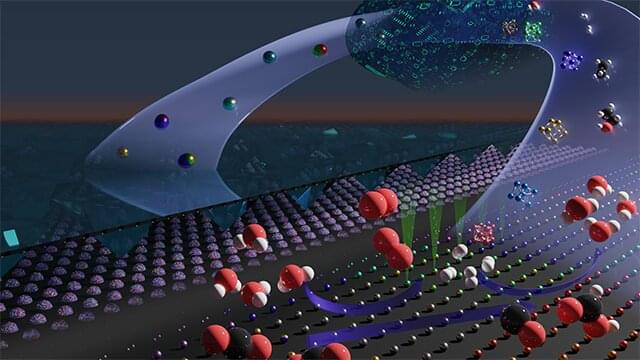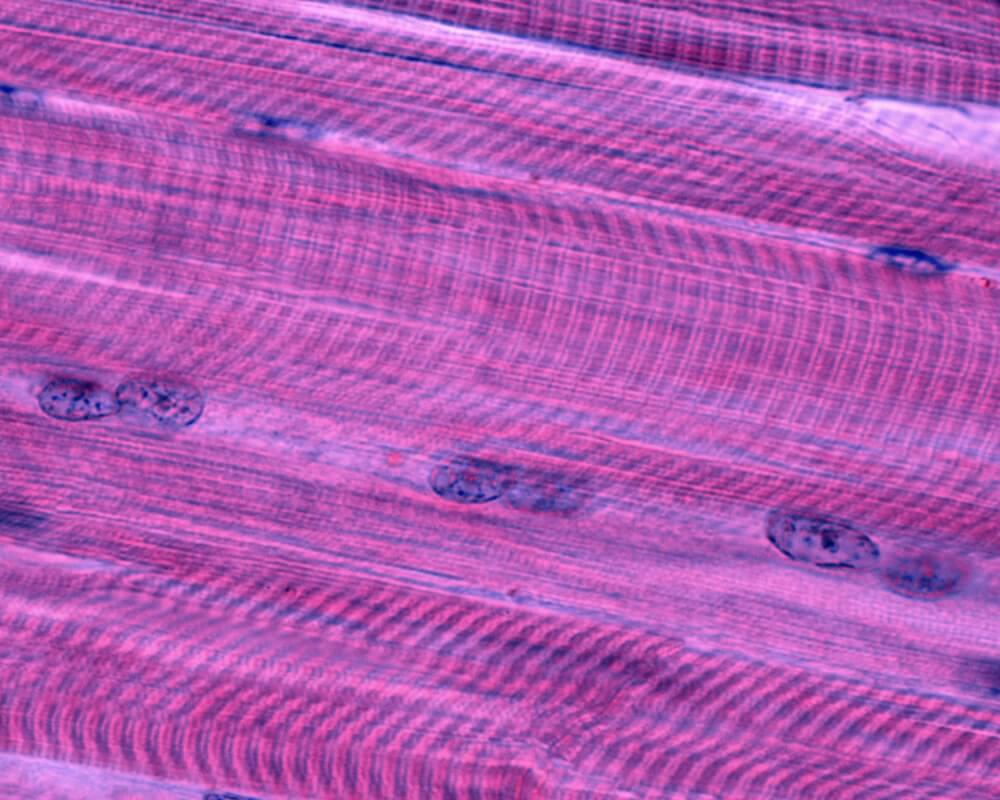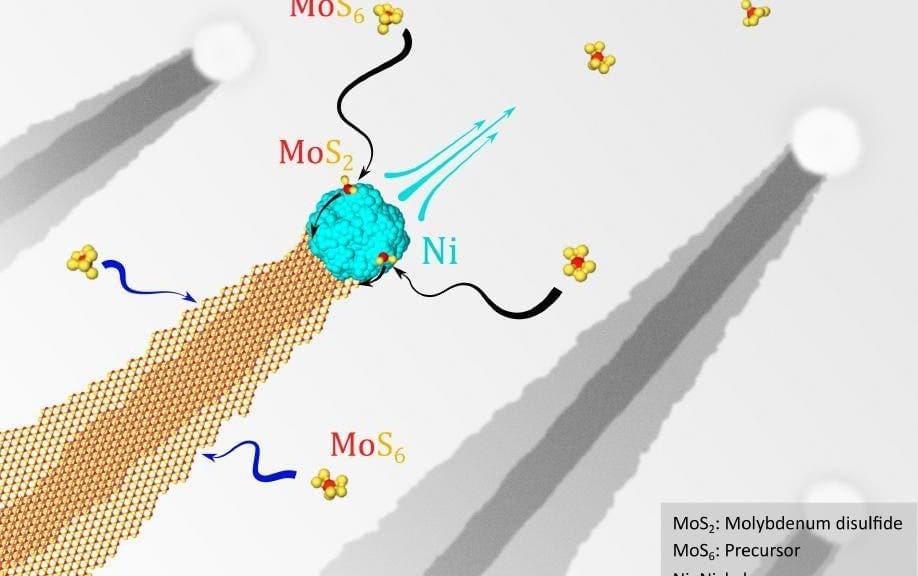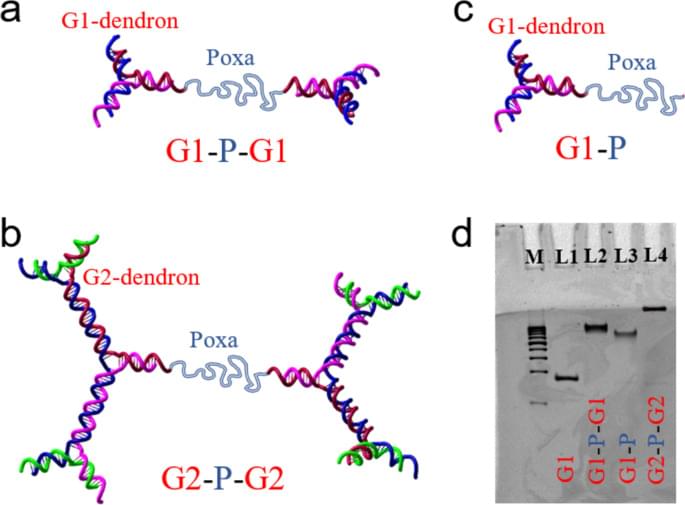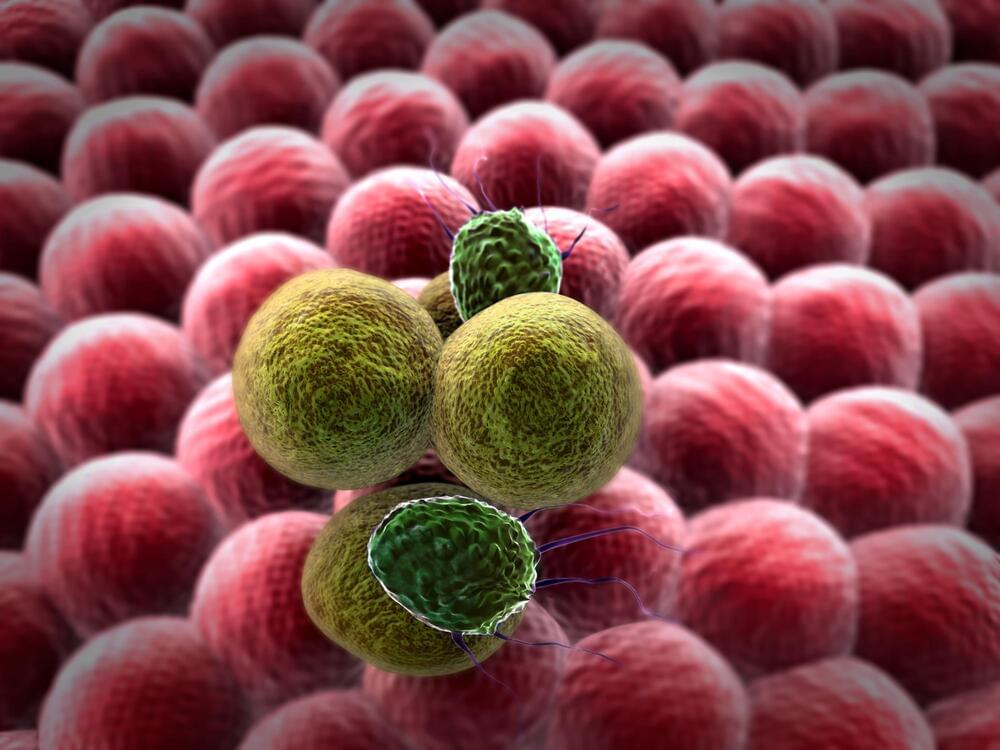Dec 23, 2021
Lifeboat Foundation Press Release: Martine Rothblatt named 2021 Lifeboat Foundation Guardian Award Winner
Posted by Eric Klien in categories: biotech/medical, cryonics, education, life extension, lifeboat, nanotechnology, neuroscience
The 2021 Lifeboat Foundation Guardian Award has been given to Martine Rothblatt who has devoted her life to moving humanity towards a positive future.
Martine was the 500th person to join our Advisory Board, has contributed to our blog, and has generously supported the Lifeboat Foundation’s goal of “Safeguarding Humanity”.
Martine is cofounder of the Terasem Movement Foundation. Their mission is to promote the geoethical (world ethical) use of nanotechnology for human life extension. They conduct educational programs and support scientific research and development in the areas of cryonics, biotechnology, and cyber consciousness. This foundation is related to the Lifeboat Foundation programs LifePreserver and PersonalityPreserver (which Martine contributed text to).

